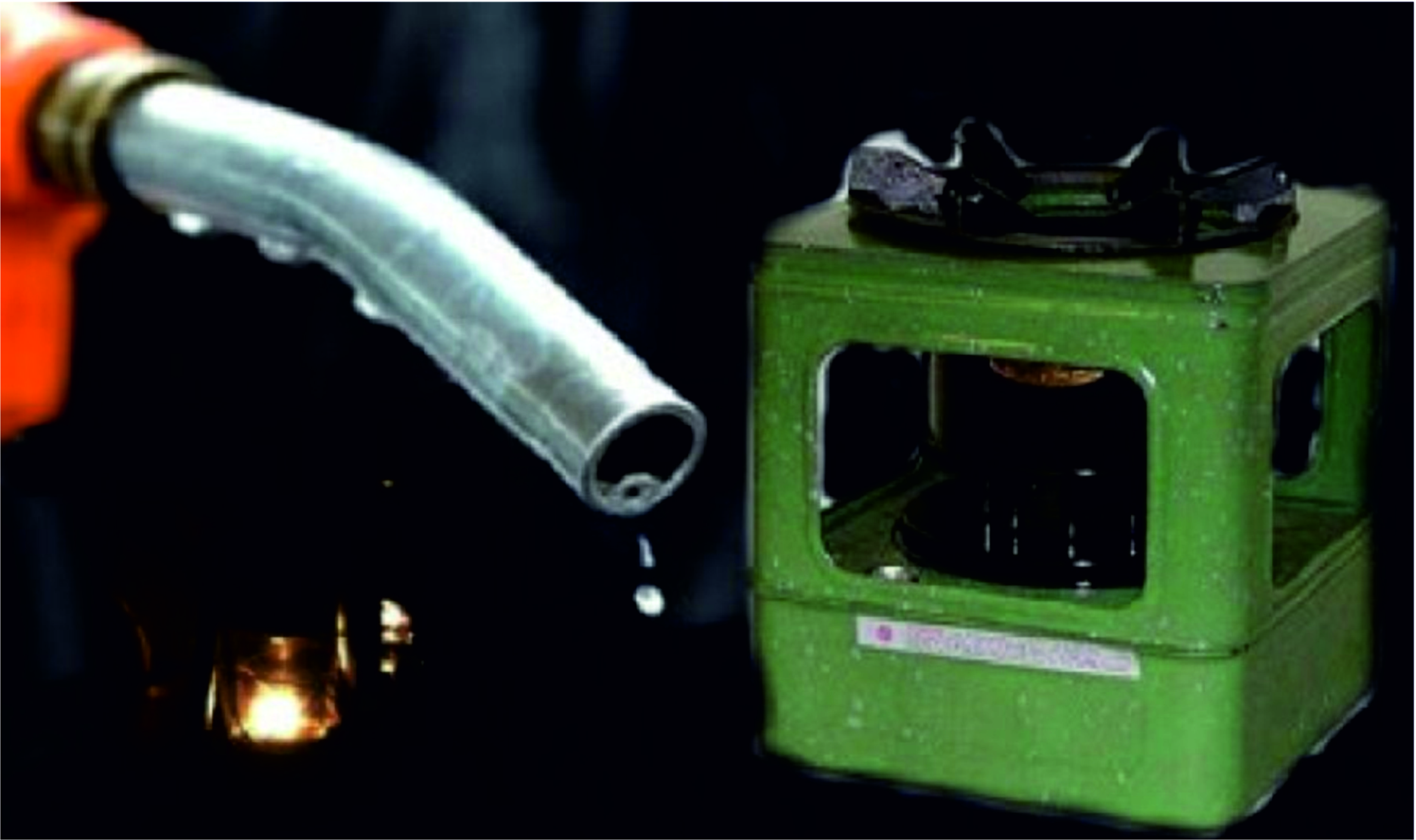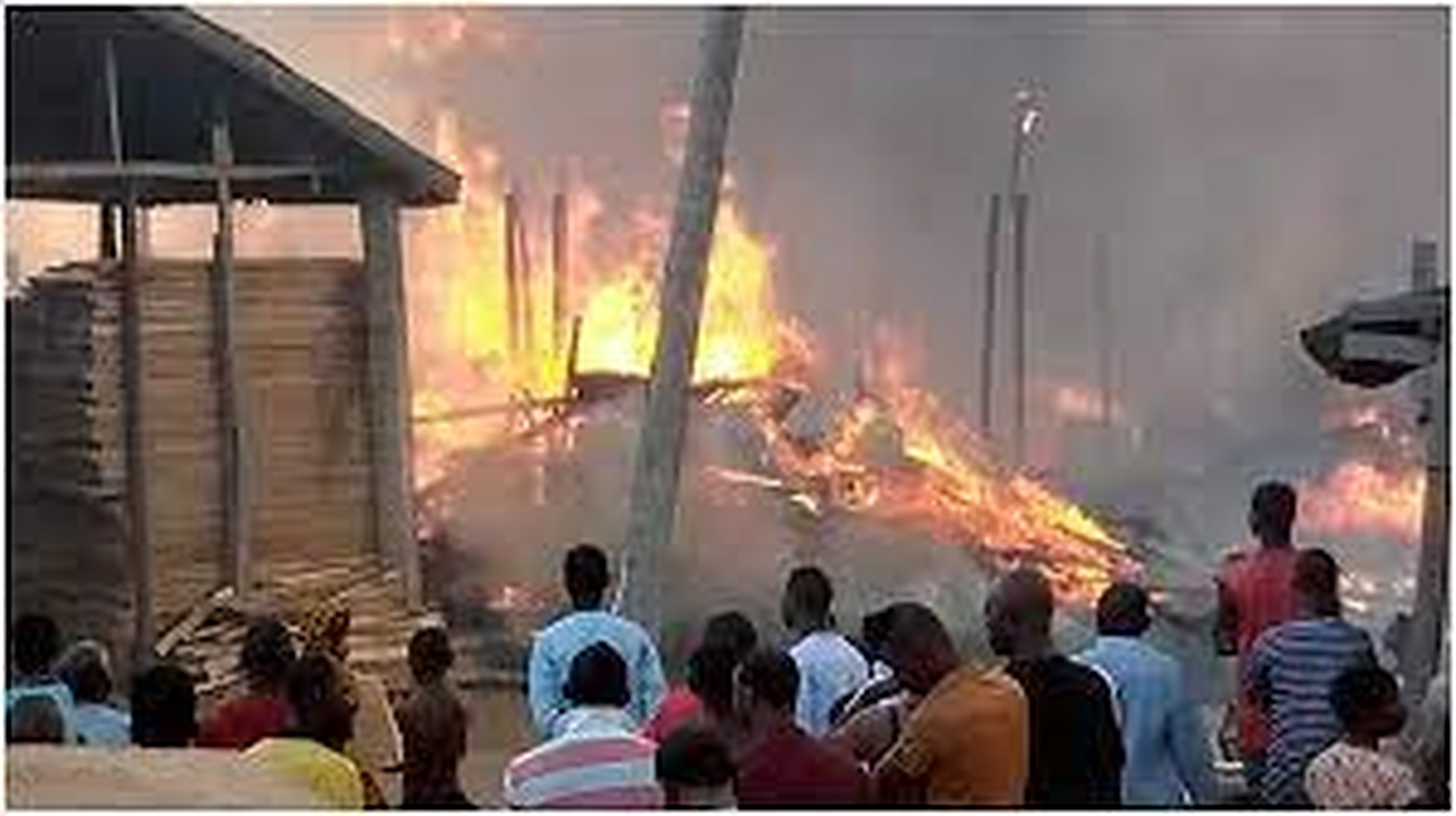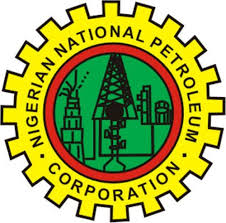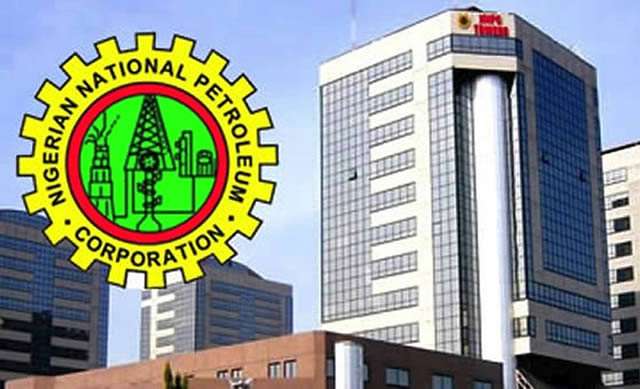The Nigerian National Petroleum Corporation (NNPC) has given reasons why the price of Dual Purpose Kerosene (DPK), also known as Kerosene has remained unstable in recent years.
The Group General Manager of the Nigerian National Petroleum Corporation (NNPC), Group Public Affairs Division, Ndu Ughamadu, who disclosed this at the weekend attributed the fluctuation in prices to pressure of demand and supply.
Ughamadu said: “The point remains that the prices of the kerosene is deregulated. It is not as controlled with reference to Premium Motor Spirit (PMS) known as petrol. That is why we see the prices moving up and down.
“The important thing is that the trend you are seeing there had to do with supply and demand. The more the demand, the higher the price locally.”
Going by a report released by the National Bureau of Statistics (NBS), kerosene does not sell at the same price across the country. More so, a random survey has it that in some outskirts of the Federal Capital Territory, the price of Kerosene ranged between N400 and N500 per litre.
According to the NBS data, price of kerosene in June showed that some of the states in the country sold Kerosene at high prices, while consumers in others enjoyed relatively low prices for the commodity.
The average price of Kerosene was highest in Anambra (N381.25), Abia, Bayelsa, and Akwa Ibom (N356.67) and Enugu (N352.78).
Kwara (N254.17), Abuja (N250.00) and Benue (N249.83) enjoyed the lowest average price per litre of kerosene in June.
READ ALSO: Here’s how much Nigerians paid for petrol, kerosene, diesel and gas in June
Price breakdown across zones: South East Zone maintained the highest average price of Kerosene at N358.35 per litre, South-South (N328.38), South West (N326.48), North West (N316.46) North East (N315.97) and North Central (N267.99).

 Business7 days ago
Business7 days ago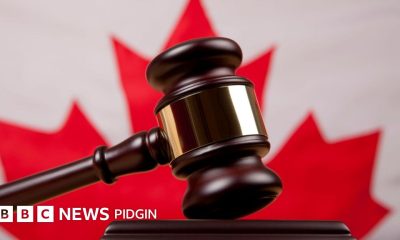
 Crime1 week ago
Crime1 week ago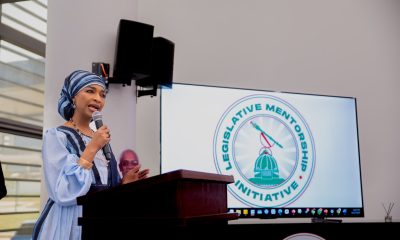
 Business1 week ago
Business1 week ago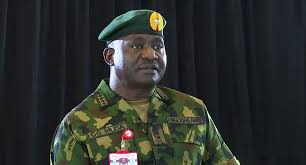
 Latest4 days ago
Latest4 days ago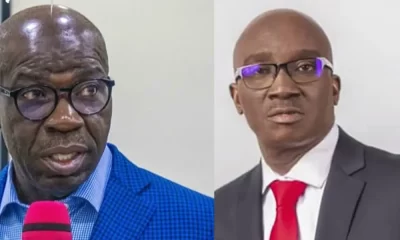
 Latest5 days ago
Latest5 days ago
 Politics1 week ago
Politics1 week ago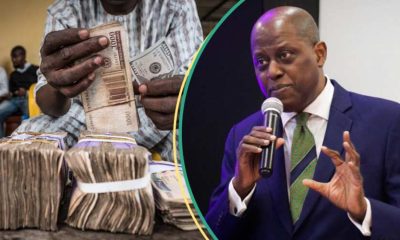
 Business5 days ago
Business5 days ago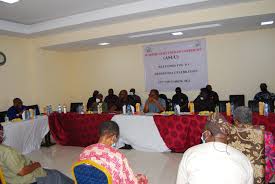
 Education1 week ago
Education1 week ago
